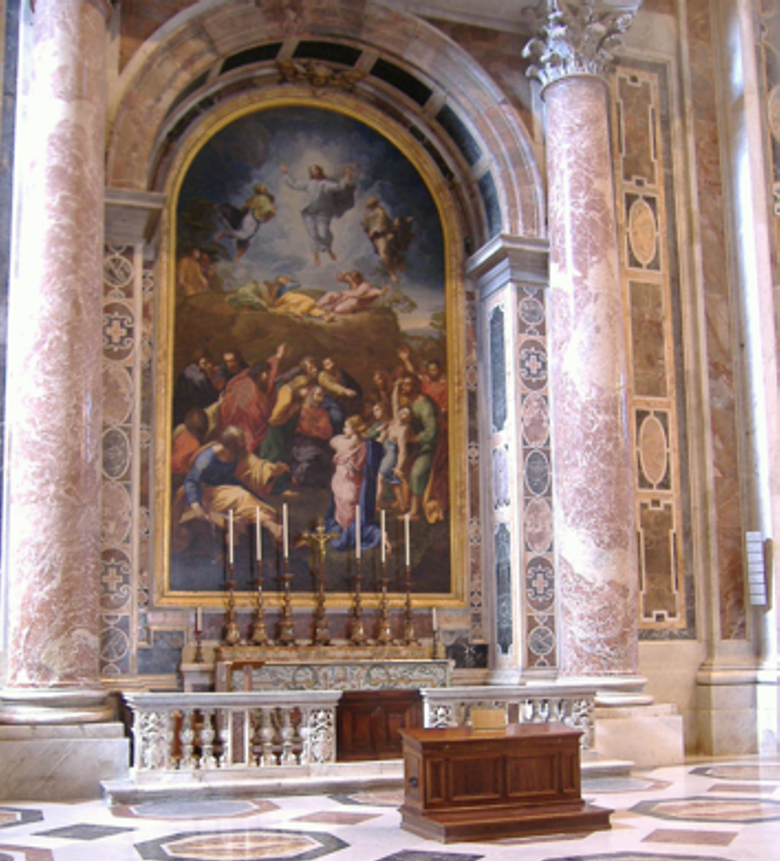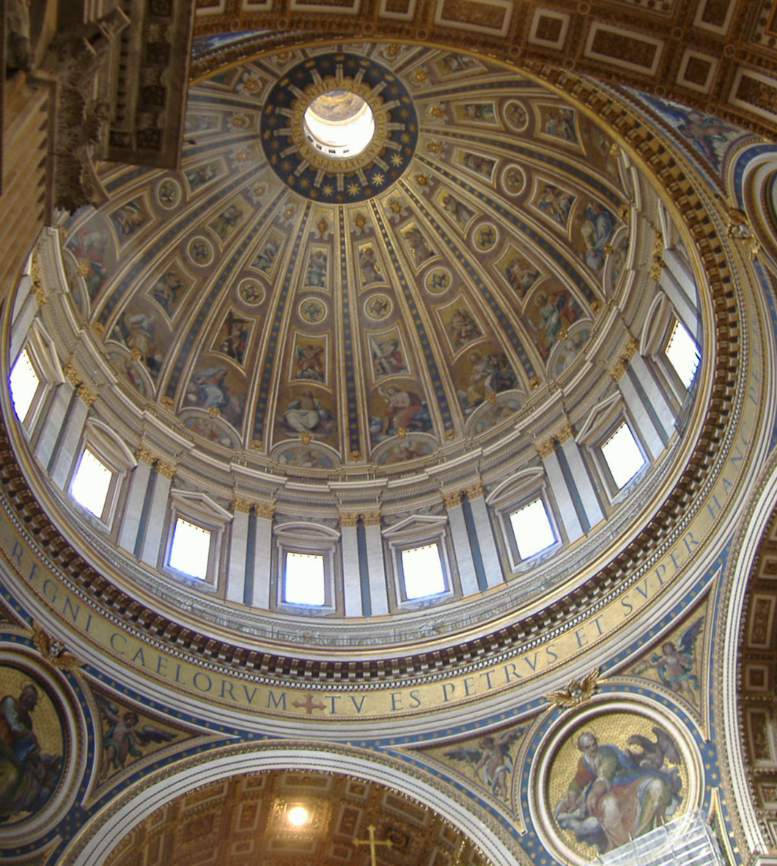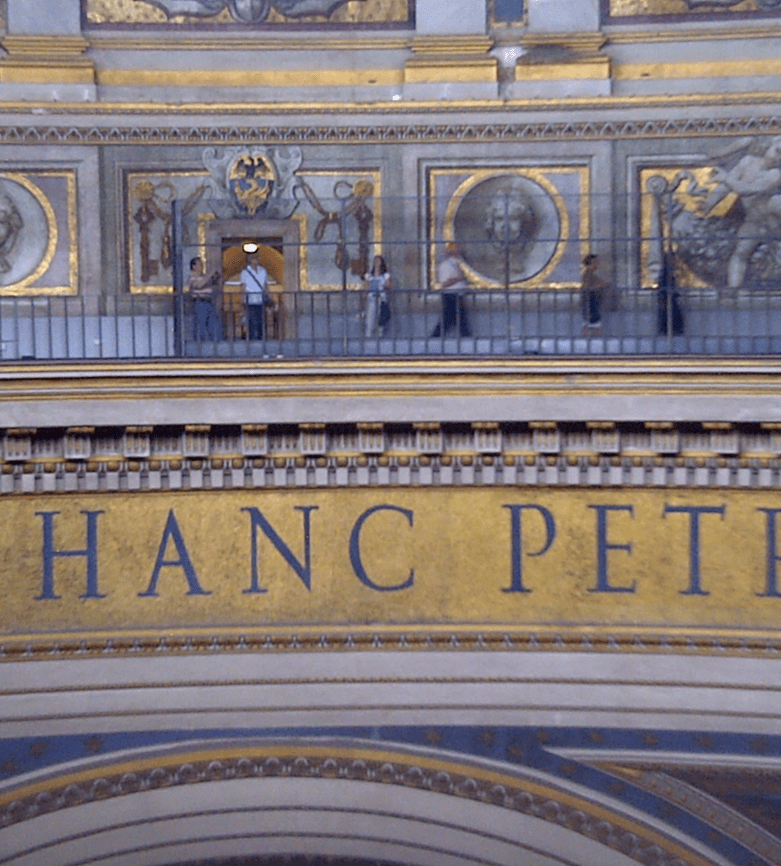My Best Tour Cooperativa & The Fun Way Travel Agency
Operations, Via Santamaura, 9 – 00192 Roma
Tel +39 06 9432 9438 – Tel/Fax+39 06 9432 9439
Mosaics
Entering St. Peter’s in Vatican, after having recovered from the shock caused by the sight of so much magnificence and exaggerated dimensions, when you begin to look around, you notice that each altar is surmounted by a painting.
Painting? No way.
In all of St. Peter’s there is only one painting and it is found in the chapel of the Blessed Sacrament.
All the other altarpieces are mosaics.
Yes, mosaics. For those who don’t know what a mosaic is, we’ll explain. A mosaic is an image made of small regular or irregular pieces of colored stone, glass or ceramic. These are held in place generally by plaster, when a mosaic is used for decorating a wall, or mortar when the mosaic covers a surface, i.e., a floor.
Each one of the pieces that form the mosaic is called tessera (plural tesserae) and the mosaic artist can make his tesserae from colored stones, which he has to cut to obtain the size he needs it to be, or other materials.
When they started building St. Peter’s they decided that all the altarpieces had to be mosaics and not paintings.
Why? Because mosaics last much longer than paintings, especially in a place like St. Peter’s which was very damp inside, especially right after they finished building it.
Imagine how long it took for all the mortar they used building it to dry out…
To have a proof of the resistance of the mosaics, just think that the floor of many of the rooms of the Vatican Museums, which are trampled daily by thousands of visitors, is decorated with mosaics that date back to the time of the Roman Empire.
It was Pope Gregory XIII Boncompagni who, in 1572 while the basilica was still under construction, decided to decorate it with precious mosaics.
However, it wasn’t going to be easy since in Rome there was a lack of skilled workers in this ancient, expensive but durable technique and so the pope turned to the Venetian masters. The best Venetian mosaic artists came to the Eternal City and set to work teaching their trade tricks to skilled local apprentices. Little by little the Roman team of mosaic artists was formed.
It is well known that Venice is famous for glass processing, and indeed Venetian mosaic artists made the tesserae with glass, which was colored in various shades with metal oxides added in the fusion phase.
In 1727 Pope Benedict XIII established the Vatican Mosaic Studio which is still in existence today and is mainly in charge of the maintenance and restoration of the mosaics in St. Peter’s Basilica. Given the result obtained with this type of technique, it was decided to decorate all the other minor domes of the basilica with this type of mosaic.
The process of making mosaics is like that of painting frescoes. The artist first sketches the subject on cardboard, which is called cartoon, and then places it on the surface which he has prepared with plaster.
The next step consists in cutting off a portion of the cartoon and fill in the space with tesserae. Known artists of the time, such as the Cavalier d’Arpino, designed the cartoons while the specialists took care of assembling the mosaics, creating spectacular shine effects.
The mosaics were fixed to the domes using a particular linen-based stucco which was created just for this purpose, and the formula of which is still kept secret by the Vatican Mosaic Studio. After the decoration of all the domes, the reproduction of the altarpieces began.
The original oil paintings were removed and replaced with huge mosaic replicas. This was done with the aim of transmitting those masterpieces to posterity.
At this point the question that arises in our heads is: what happened to the original paintings?
Most of them can be seen in the church of Saint Mary of the Angels and Martyrs, others are in the Vatican Museums.
Hoping those who’ll read this will come to Rome one day, we have a curiosity for them.
Visiting both the churches we mentioned and seeing the original paintings and the mosaic replicas the visitor normally has the impression that the replicas are the same size as the original, while these latter are about half the size of the replicas! St. Peter’s is oversized and that makes it hard to judge measures!









